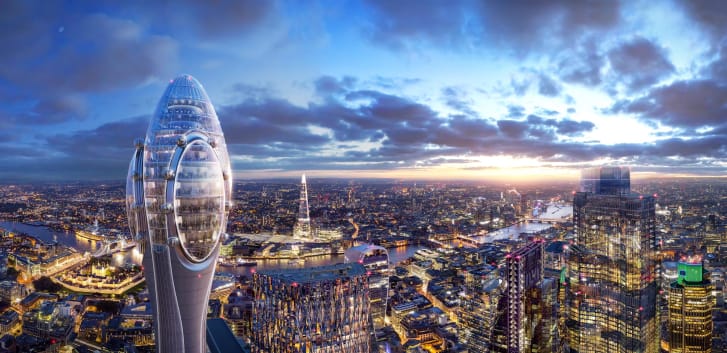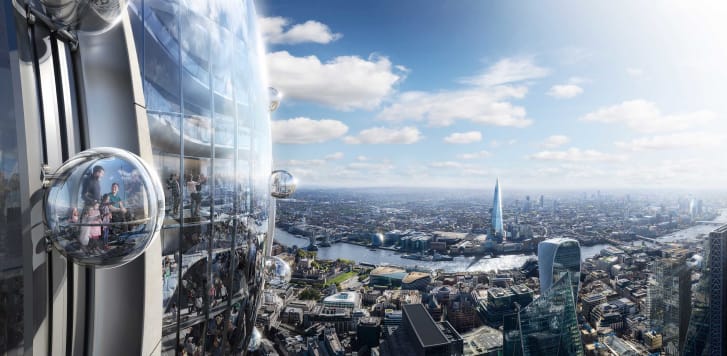I like the spirit of this great London which I feel around me,” wrote Charlotte Bronte. I will never alter my walk to work in London even though there are many directions to go, and sometimes quicker ways.

December 30, 2019

As I make my way over Tower Bridge I always take in the scene around me and act like a tourist each time as if it is my first time. The Tower of London sitting directly behind the bridge and has an ominous feel as you make your way toward this 1000-year-old structure. History filled with power, corruption and death. This city which I love that is so full of life has quite the backstory. Most of which we are familiar with; The Queen, the Palace of Westminster, Buckingham Palace, but what about gin?
I once heard someone say that gin was London’s cocaine. I wanted to find out more and during my research I was astonished by the tidbits I came across, along with an article about the 250th anniversary of Gordon’s Gin. As I continued to scour the internet I also saw that Portobello Road Gin offered a course on the history and gave you the opportunity to create your own. I signed up right on the spot! And so my formal introduction to gin began at Portobello Road Gin by their knowledgeable and engaging staff.
Despite its deep association with British culture and history, gin is actually not British at all. Or at least it didn’t start out that way. Genever, juniper-flavored alcohol, or you might know it best as gin started being distilled by Belgian Monks in 1351. Initially gin was consumed for medicinal purposes, it was first enjoyed as alcohol by the Dutch in 1495.
Gin started to make its way to London during the reign of Elizabeth the 1st when British soldiers were fighting with the Dutch in Spain. After this introduction London never looked back. Gin consumption in London started out as a drink for the wealthy. It had to be shipped from Holland to Britain which put a hefty price tag on it. This quickly changed when William of Orange seized the English throne and all things Dutch made its way to Britain. During his time on the throne William deregulated the making of gin. If you wanted to distill gin you would only need to write your intention and put it on your front door and ten days later you could begin to create your masterpiece. William of Orange passed away in 1701 and at that time London as a whole drank half a million gallons, in 1725 this number jumped to 5 million gallons a year. Around this time is when the name gin started to be used.
Things started to spiral out of control. The city shut down, no one was able to work due to the high consumption of gin. At this point the government decided to instill the Five Gin Acts which put a tax so high no one could afford to drink. The people revolted and the acts were done away with.
In the mid 1700 the production of gin was easier to make and cheaper. Gin then turned into the working and poor man’s drink. The consumption of gin was so high even by women that it was leaving them infertile. Young children were also drinking gin along with young babies whose bottles were mixed with gin and milk. Roughly 9,000 children died due to the consumption of gin. We were then shown a painting by William Hogarth called Gin Lane. It brought to life the devastation of what gin did to the people of London. Children falling out of their mothers arms, fighting amongst residents and townspeople splayed out along the street. You could understand why government yet again decided to step in with new Gin acts. Their focus this time was on licensing. This did the trick and consumption slows.
In the 1800s affected by the industrial revolution thousands head to London to find work and of course a place to drink. Massive gin houses were erected, there were no tables or chairs. The idea behind this was to get you in and get you out. At this time a single serving of gin was a quarter of a pint of neat alcohol drunk within 20 minutes at 57% or higher alcohol content. Present day a single is 25 milliliters. Not only was the amount astronomical they also added sugar and other flavors to mask the taste.
As we learned how the flavor of gin has changed throughout the years we were also able to sip Portobello Roads version of what it might have tasted like before. The sweetness of the ‘gin’ was overpowering and I wondered how anyone would be able to drink more than a glass of this. There was no way for one person to determine that what we had was gin, in any form. Thankfully for us in 1813 the column still was in production which helps to make neutral alcohol as we do today. In 1827 tonic was introduced and the drinking of gin neat slowed considerably. With all this in effect the creation of London Dry Gin began.
To be considered London Dry the most traditional way is to start with English wheat. It then ferments, is added to a Column Still where it is turned into a neutral grain spirit. At this point you can add your flavors and botanicals. By law Juniper must be number one. After you choose your citrus, dry notes or spices you add purified water and then bottle it up.
After this amazing introduction to gin we made our way into the tasting room. We sat down with our fellow gin makers around a u-shaped table that had flowers, grains and different flavored vodkas to add to our soon to be masterpiece. As we looked on the shelf we each noticed some of the usual suspects like citrus peel and cardamom. Then we noticed the one row that was different. Asparagus; it jumped out at me and I couldn’t help but cringe. We did come to find out there was no taste but it brought a smoothness to the gin as you drank. After we all picked our flavors, the master of gin making decided the amounts so one taste does not overwhelm the other. At the end of the night we went off with our own gin, a bottle of Portobello and a history we might have not known.https://www.familyproof.com/the-unknown-history-of-gin-in-london/




